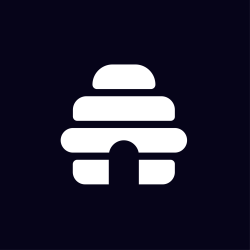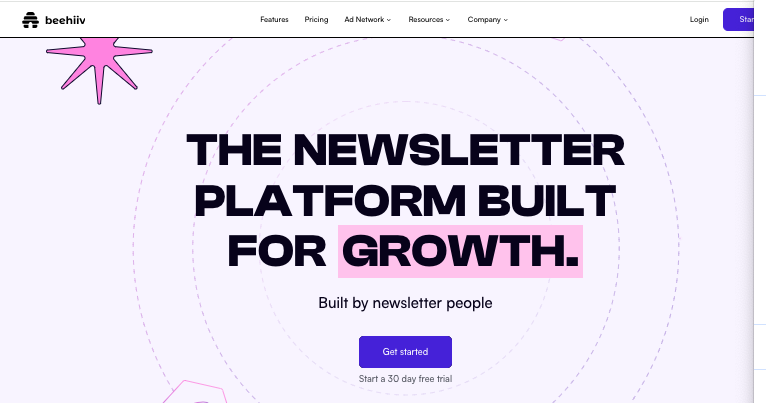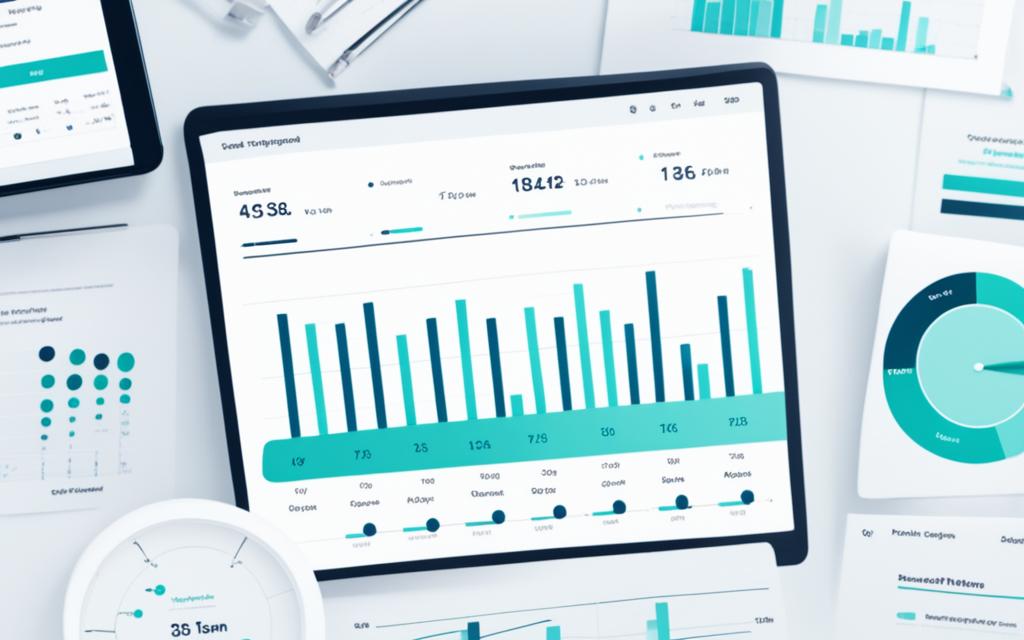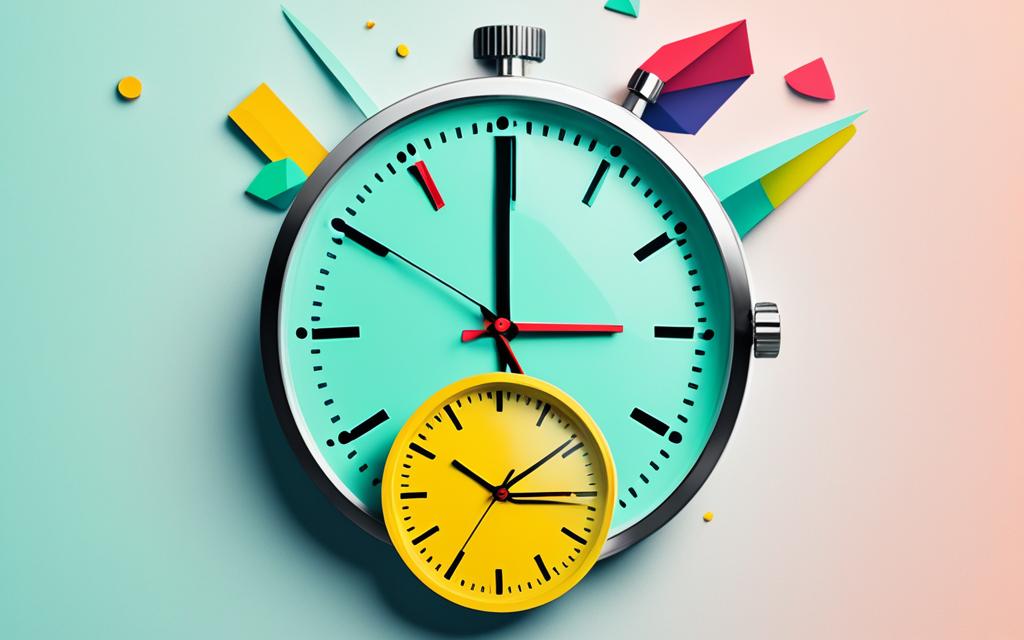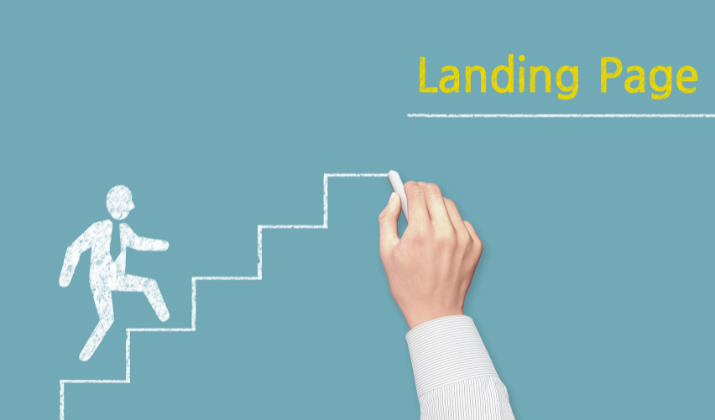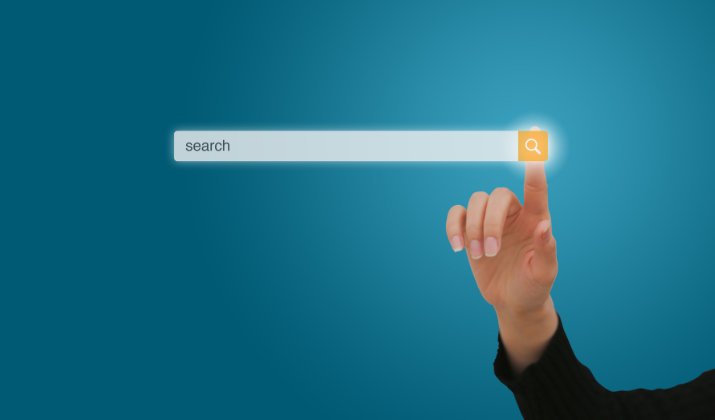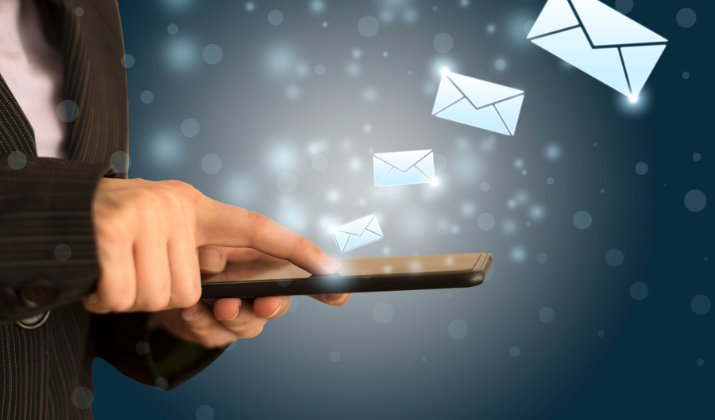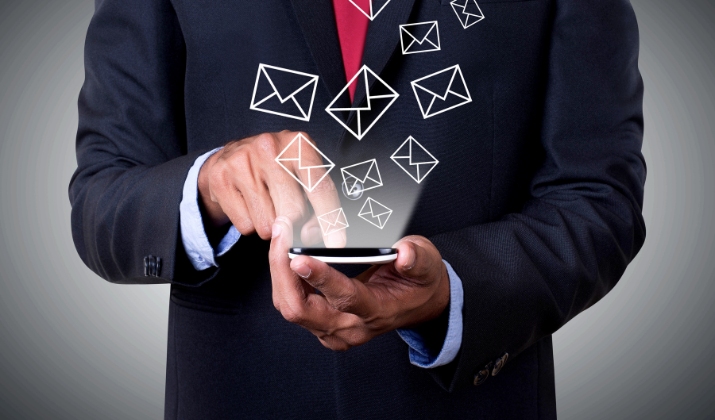Do you want your Beehiiv posts to reach optimal engagement and maximum visibility?
Of course, you do! But do you know the best times to post on Beehiiv? Are you posting at the right time?
Sending your posts at the right times can make a significant difference in your open rates, click-through rates, and overall success on Beehiiv.
It’s crucial to understand the patterns and statistics behind when your audience is most active and receptive to your content.
That’s why we’ve compiled data from various sources to uncover the best times to post on Beehiiv.
By leveraging this valuable information, you’ll have a strategic advantage in capturing your audience’s attention and driving higher engagement.
So, let’s dive in and determine the ideal posting times on Beehiiv.
Also Read: Beehiiv vs MailerLite
Why You Should Know the Best Times to Post on Beehiiv?
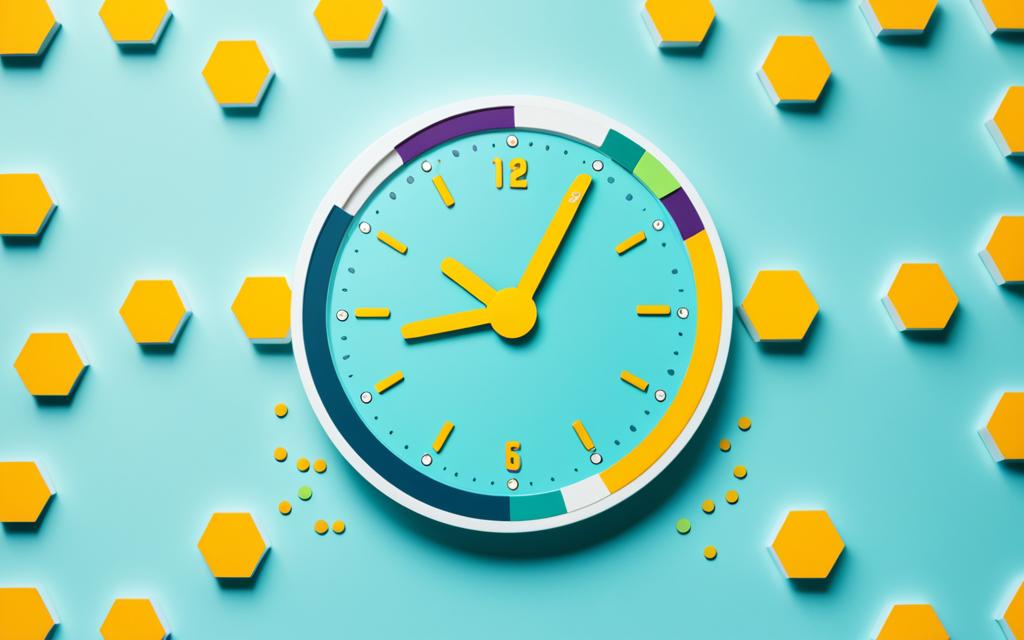
Timing plays a vital role in ensuring optimal engagement with your audience and maximizing the effectiveness of your email campaigns.
By sending your posts at the right time, you can improve your open rates, increase click-through rates, and ultimately boost conversions.
According to a survey by HubSpot, 27% of U.S. marketers believe Tuesday is the best day for email engagement.
Monday follows closely at 19%, and Thursday at 17%. This data highlights the significance of choosing the right day to connect with your subscribers.
It is observed that 84.3% of respondents in the study, “The Path to Email Engagement,” check their email daily, with 63.3% doing so multiple times a day.
This highlights the high frequency at which people engage with their emails, emphasizing the importance of delivering content when they are most likely to interact with it.
For B2B audiences, Tuesdays and Thursdays emerge as prime days for high email open rates.
However, it’s important to note that different industries have varying peak times for email engagement based on the habits and preferences of their audience.
Retail shoppers, for example, engage more on weekends, while fitness industries observe better engagement early in the week.
All-In-One newsletter platform — Created by the same team that built and scaled Morning Brew to millions of subscribers. Get 30-day trial + 20% OFF for 3 months.
When it comes to finding the best time to send your emails, industry-specific data indicates that B2B emails perform exceptionally well when sent between 8 AM and 5 PM on Tuesdays or Thursdays.
Additionally, HubSpot suggests sending emails between 9 AM and 12 PM to capitalize on peak engagement times.
Analyzing your audience’s habits through past engagement data and A/B testing allows you to customize send times for each segment.
It is crucial to understand your audience’s demographics such as age, profession, and lifestyle to determine the best email sending times that align with their preferences.
So What are the Best Time to Post on Beehiiv?
Specific send times suggested by various studies include 10:30 to 11:30 PM, 8-9 AM on Thursdays, and between 3:00 and 6:00 AM.
However, peak engagement times for email blasts are observed on Tuesdays, particularly between 9 AM and 12 PM and 12:01 PM to 3 PM EST.
For B2B emails, late afternoons, specifically between 5 PM and 7 PM, have been found to be optimal for high engagement rates.
It’s worth noting that Sundays typically experience lower engagement rates compared to other days of the week.
Segmented sending schedules based on time zones can significantly impact global engagement levels, enabling you to reach your international subscribers at the right time.
Utilizing analytics tools like Beehiiv Analytics provides valuable insights into open rates, click-through rates, and subscriber activities, allowing you to refine your email marketing strategies based on audience behavior and preferences.
However, it’s important not to overwhelm your subscribers with excessive emails, as it can lead to email fatigue and reduced engagement levels.
All-In-One newsletter platform — Created by the same team that built and scaled Morning Brew to millions of subscribers. Get 30-day trial + 20% OFF for 3 months.
Quality of content and timing for email blasts play a significant role in improving engagement rates and fostering meaningful connections with your audience.
Beehiiv offers an intuitive user interface for creating newsletters and integrating blog creation and SEO tools. It aims to improve Google rankings without the need for separate tools.
Beehiiv emphasizes monetization, providing opportunities to generate revenue from memberships with 0% fees or advertisements.
It’s important to note that Beehiiv’s brand recognition is still growing, with less recognition compared to platforms like Substack and Mailchimp.
Despite this, Beehiiv offers a free plan that allows up to 2,500 subscribers, with paid plans starting at $39/month.
Also Read: Ghost vs Substack
Using A/B Testing to Find the Perfect Timing for Your Business
A/B testing is a valuable technique that allows you to determine the optimal timing for sending your email newsletters.
By conducting A/B tests, you can gather data-driven insights and make informed decisions about when to deliver your content for maximum engagement and response.
Industry averages and general guidelines may provide a starting point, but every business is unique, and it’s crucial to test and refine your send times based on your specific audience’s behavior and preferences.
A/B testing allows you to tailor your email send times to match the habits and preferences of your subscribers, leading to improved open rates, click-through rates, and overall engagement.
When conducting A/B tests for determining the optimal timing for your newsletters, it’s important to consider several factors.
First, ensure you have a sufficient sample size to ensure statistical validity. Testing with smaller groups may result in unreliable data and inconclusive results.
Additionally, it’s essential to test different send times and days to identify patterns and trends among your audience.
Your subscribers may exhibit unique engagement patterns based on their geographic location, industry, or other demographic factors.
Testing on different email clients is also crucial as rendering issues can affect the performance and engagement of your emails.
By testing across various platforms, you can identify any potential problems and optimize your content for a seamless experience across all devices and clients.
All-In-One newsletter platform — Created by the same team that built and scaled Morning Brew to millions of subscribers. Get 30-day trial + 20% OFF for 3 months.
A/B testing should be conducted randomly and without bias to ensure fairness and accurate results. Testing one variable at a time allows you to analyze the effectiveness of individual elements and make informed decisions based on their impact.
Lastly, it’s important to set a time frame for your A/B testing experiments. This ensures that you have control over the testing process, allocate resources efficiently, and support continuous learning and improvement in your email campaigns.
By using A/B testing to determine the optimal timing for your business, you can make data-driven decisions that result in better engagement and higher conversions.
Don’t rely solely on industry averages; instead, gather your own insights to create a personalized and effective email marketing strategy.
Things To Consider While Scheduling Newsletters
Here’s a revisit to the key points we have discussed.
1. Morning Hours: The Golden Time
Research and studies have shown that morning hours, particularly between 9 AM and 12 PM, are often considered the optimal time to send email newsletters.
During these hours, recipients are more likely to be active and engaged with their email inboxes, resulting in higher open and click-through rates.
2. Impactful Days: Tuesday, Wednesday, and Thursday
Based on industry averages and engagement data, Tuesday, Wednesday, and Thursday are the best days to send email newsletters.
These mid-week days consistently show higher open rates and click-through rates compared to other weekdays.
3. Industry Averages: Venture Capital, Writing, and Community
Open rates can vary by industry, and certain sectors tend to experience higher engagement levels than others.
According to industry averages, the Venture Capital, Writing, and Community industries have some of the highest open rates, ranging from 45.3% to 50.4%.
Consider these numbers when planning the timing for your newsletter campaigns.
All-In-One newsletter platform — Created by the same team that built and scaled Morning Brew to millions of subscribers. Get 30-day trial + 20% OFF for 3 months.
4. Engaging Times: Around Lunchtime
While morning hours are generally considered the best time to send newsletters, the most engaging period is often around lunchtime between 10 am to 2 pm GMT.
This time frame aligns with users’ daily routines, making it more likely for them to actively check and engage with their emails.
Also Read: Beehiiv Pricing Explained
5. Avoiding Friday and Weekends
In contrast to weekdays, Fridays and weekends tend to have lower engagement rates, as people are usually less active online.
To maximize your newsletter’s impact, it’s generally recommended to avoid sending them on Fridays and weekends.
6. Consistency
Consistency is key when it comes to newsletter frequency. The ideal frequency recommended is lesser than twice a week but more than once a month.
Over-sending can lead to reduced open rates, click-through rates, and email deliverability.
On the other hand, under-sending can result in a lack of presence and lower lifetime value, especially for product sales.
Understanding these statistics and trends can guide your email marketing strategy.
However, keep in mind that every audience is unique, and it’s essential to conduct your own A/B testing to determine the optimal time to send newsletters for your specific business and target audience.
Also Read: Beehiiv vs MailChimp
Conclusion
Determining the optimal send times for your newsletters on Beehiiv requires a data-driven approach and continuous refinement.
While industry research and general guidelines can provide insights, it’s crucial to consider your specific audience’s preferences and behavior.
By analyzing your data and testing different send times, you can make informed decisions to maximize engagement and improve your results.

